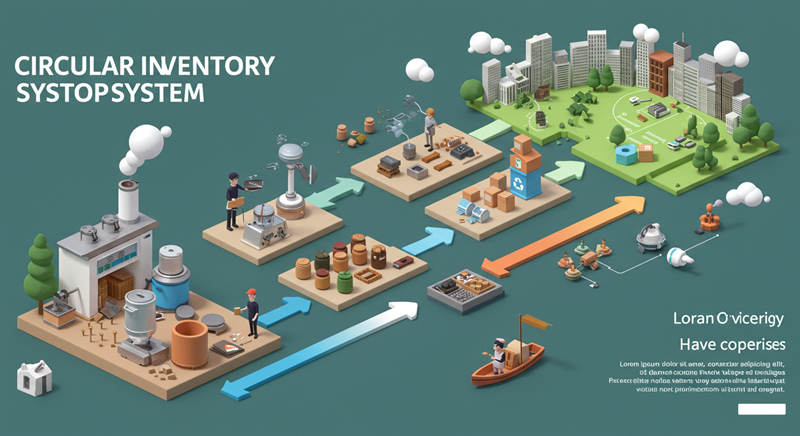What is a Web Design Framework
In the world of web design, there are tools and technologies that facilitate the process of creating attractive and functional websites. One of these essential elements is the web design framework. In this article, we will explore what a web design framework is, what it is used for, and some popular examples.

What is a Web Design Framework?
A web design framework is a set of tools, libraries, and predefined structures that allow web designers and developers to create websites more efficiently and effectively. These frameworks provide a solid foundation for the design and development of websites, allowing professionals to focus on content creation and user experience customization.
Key Features of a Web Design Framework
- Predefined: Web design frameworks come with a structure and a set of predefined elements, making the website creation process easier.
- Customizable: Although frameworks have a predefined structure, they allow for great customization to adapt to the specific needs of each project.
- Reusable: Web design frameworks can be reused in multiple projects, saving time and resources.
- Community and support: Many web design frameworks have an active community and technical support, making problem-solving and continuous improvement easier.
What is a Web Design Framework Used For?
A web design framework is used for:
- Accelerating the website creation process: By providing a predefined structure, web design frameworks allow web designers and developers to work more efficiently.
- Improving consistency and coherence: Web design frameworks help maintain consistency in website design and structure, improving the user experience.
- Reducing development time and cost: By reusing predefined elements and structures, web design frameworks can reduce website development time and cost.
Examples of Web Design Frameworks
Some popular examples of web design frameworks are:
- Bootstrap: A popular and widely used web design framework, known for its flexibility and customization.
- Foundation: A web design framework that focuses on creating responsive and adaptable websites.
- Materialize: A web design framework that is based on Google's Material Design language.
- Bulma: A web design framework that focuses on creating modern and responsive websites.
Conclusion
In summary, a web design framework is an essential tool for any web designer or developer looking to create attractive and functional websites efficiently. By providing a predefined and customizable structure, web design frameworks can help improve website consistency and coherence, reduce development time and cost, and accelerate the website creation process.





